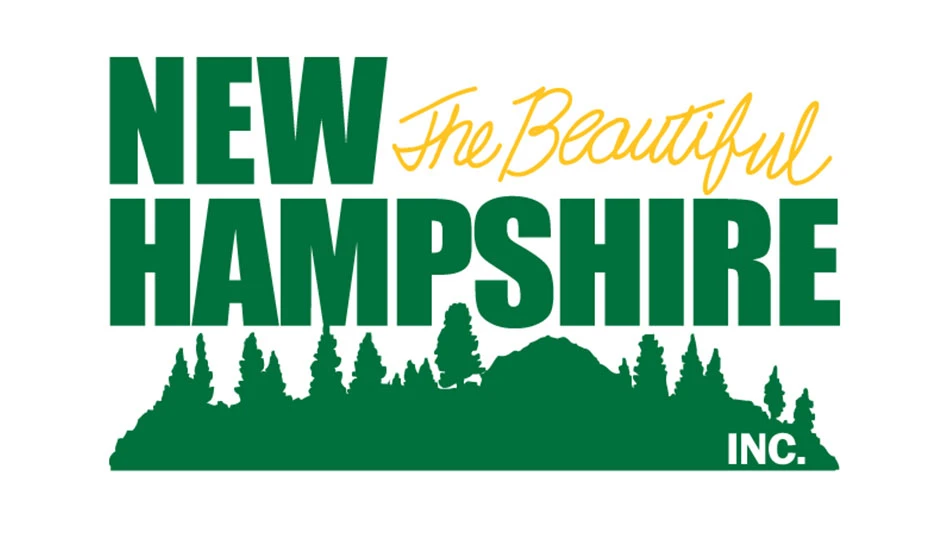
Panelists during the 2021 Paper & Plastics Recycling Conference Webinar Series expressed concern about what recycled-content mandates might mean for the economics of recycled polyethylene terephthalate (rPET) given the low recycling rate associated with the material.
John Cook, director of sustainability at Niagara Bottling, headquartered in Ontario, California, said rPET pricing traditionally has been linked with virgin PET pricing, though recycled-content mandates are leading to a decoupling of the two materials.
California and Washington have recycled-content mandates, with the first phase of California’s mandate, requiring 15 percent recycled content in plastic beverage containers, going into effect in 2022. By 2030, the mandate will increase to 30 percent recycled content. Beverage bottles sold in Washington will need to include 15 percent recycled content by Jan. 1, 2023, increasing to 50 percent by Jan. 1, 2031.
He noted that mandates outside the U.S. also have driven the decoupling of rPET and virgin PET pricing. “We may see PET bales leaving the U.S. because of that,” Cook said, referring to mandates outside of this country.
Paul Bahou, president of Global Plastics Recycling, Perris, California, said, “There are not enough bales to go around” in his state. “A quarter of CRV (California Redemption Value) bales are going outside the country,” he said, noting that demand from Mexico was particularly strong. This export interest is driving the price of Grade A bales up. As of mid-October, Bahou said the price was nearing 50 cents per pound.
He said the situation has been exacerbated by dysfunctional supply chains and logistics cost pressures. “We’ll see if the price will remain as high next year when the law is in effect.”
Bahou said the penalty in California for manufacturers that do not use recycled content in their beverage bottles is only 20 cents per pound. If rPET pricing continues to increase because supply is insufficient, he said, many manufacturers may opt to pay the penalty instead.
Lori Carson, site manager for PET recycler Phoenix Technologies International LLC, Bowling Green, Ohio, said, traditionally, “The price decouples when there are disruptions to the virgin stream. When the disruption goes away … the price gravitates back.” However, she said she is concerned that the recycled-content mandates “have the potential to really disrupt the market because there are not yet mandates for collection.”
Carson continued, “I would prefer collection get worked on before demand” because companies are more likely to do what is economically feasible. Instead, she said, such mandates likely will force the price up because robust supply is not yet in place.
As moderator Kate Davenport of material recovery facility operator Eureka Recycling in Minneapolis noted, citing figures from Circularity in Action, the PET bottle recycling rate in 2019 was 27.9 percent, one percentage point lower than it was in 2018.
Davenport also said most of the PET recovered for recycling in the U.S. goes to the fiber market. She asked the panelists how this is likely to change given voluntary commitments from brands to increase their use of recycled content in their packaging and legislative mandates.
Carson noted that while some fiber applications promote their sustainability aspects by virtue of their recycled content, they are not affected by mandates. However, this market traditionally has been able to pay more for PET bales because less processing is involved compared with producing food-grade rPET. “That could flip with the mandates,” she said.
“Fiber isn’t the end of the line for the material out here,” Bahou said of the California market. He said that while he sells some material to East Asian fiber producers, it is mostly fines that aren’t suitable for food-grade rPET production.
“Fiber has its place,” Bahou said.
“We need more material," he continued. "It’s there and going to the trash. We need more robust collection.”
As a purchaser of curbside bales, Carson said, “Logistics is everything” for Phoenix. “We try to stay within a certain radius of our facility just because we don’t want to pay freight on yield loss,” which she said can be as high as 40 percent.
She added that this essentially doubles the price of the material. “That cost has to be absorbed in the product, and that’s what makes the economics sometimes unsustainable for rPET.”
Bahou has a much different experience purchasing Grade A CRV bales. He said the yields are much better because they do not contain thermoforms or colored shampoo bottles. “They are mostly beverage containers.”
When it comes to packaging designs that make recycling difficult, he said color is a primary hindrance. “Metal closures on PET bottles are a sin against humanity,” he added, and he threw shade at shrink labels made from polyvinyl chloride, too.
Cook said the industry was “looking at what we have to change so that all packaging can be recycled.”
On the topic of extended producer responsibility, or EPR, Carson said, “Phoenix is supportive of anything that increases collection.” However, she added, “The nervousness comes in when it’s not national. What does that mean for us as a buyer? I’m worried about it becoming a purchasing nightmare.”
The Paper & Plastics Recycling Conference Webinar Series aired Oct. 20-21 and continues Oct. 26-27, with on-demand viewing also available. Learn more at http://paperplasticsna.recyclingtodayevents.com/schedule.
Latest from Recycling Today
- Buy Scrap Software to showcase its software at Scrap Expo in September
- LG details recycling activities
- Algoma EAF is up and running
- Toyota-Tsusho completes acquisition of Radius Recycling
- CATL, Ellen MacArthur Foundation aim to accelerate circular battery economy
- Commentary: Expanded polystyrene is 98 percent air, 2 percent plastic and 100 percent misunderstood
- AMCS appoints general manager for North America
- How tariffs, regulations affect LIBs recycling in US, EU





